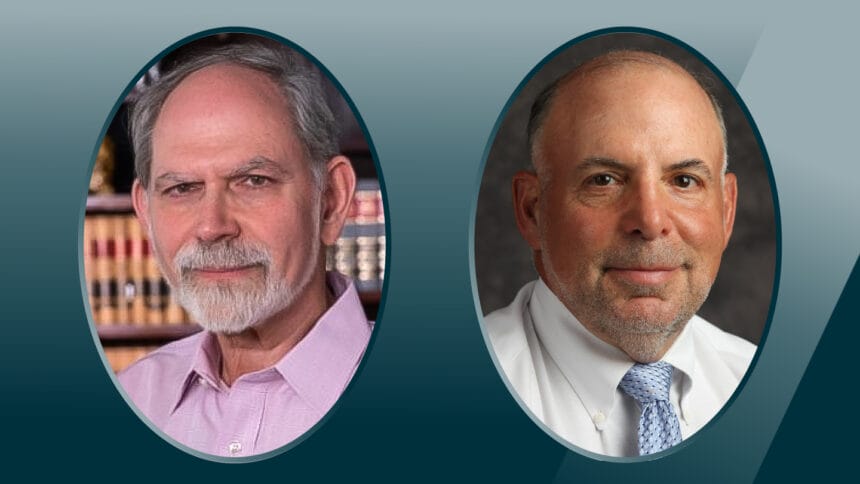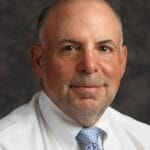
Since the start of the COVID-19 pandemic, nearly 240,000 nursing home employees (or about 15%) have left the industry. According to a survey conducted by the American Health Care Association/National Center for Assisted Living (AHCA/NCAL), this has resulted in 87% of nursing home providers facing moderate to high staffing shortages, with nearly half (48%) of those struggling with a severe staffing shortage.
Nursing homes lag far behind the rest of the healthcare sector in recovering from its pandemic staffing losses. Ninety-eight percent (98%) of nursing homes have reported issues hiring new staff. In February of 2022, nursing homes gained only 1,600 jobs compared to the 20,000 in the home health field and 15,000 for physician offices.
With this as the backdrop, our nation is understandably demanding better care and better staffing in nursing homes. To achieve this, the Center for Medicare & Medicaid Services (CMS) has launched a number of new initiatives, including establishing a minimum nursing home staffing requirement. In a recent proposed rule, CMS proposes minimum nurse staffing standards of 0.55 hours per resident day for licensed nurses and 2.45 hours per resident day for nursing assistants; a requirement to have a registered nurse on site 24 hours per day, seven days per week; and enhanced facility assessment requirements.
While the goal is laudable, the reality is that unemployment is at its lowest point in 50 years and nursing home work is highly labor-intensive and stressful, making it unattractive to many prospective workers. This makes it unlikely that the industry will be able to hire and train a workforce to meet current and future direct care needs, in line with the proposed requirements.
We are at a tipping point. Technology, used wisely, can be part of the solution. We must learn to employ technology to fill existing gaps and improve the efficiency of our direct care workers.
Technology as a supplement to staffing efforts
Given the realities of the nursing home workforce shortages, Congress and the administration must consider alternate methods of improving care for our resident population. We strongly encourage policymakers to support the employment of technology to supplement the nursing home workforce, and to consider the use of technology when implementing staffing ratios.
There are many uses of technology that can potentially help achieve this goal. For example, telehealth encounters using evolving technology for clinical assessment and communication, especially in rural areas, can provide effective access to clinical input. Virtual assistants and even robots can enhance on-site care capacity. Seamless interfaces between electronic health records can reduce the need for redundant documentation that is prone to errors. Predictive analytics using “big data” can help efficiently target diagnostic and therapeutic interventions to those at highest risk.
One area technology can make a very significant impact is monitoring of nursing home residents’ clinical status. With limited staffing, it is difficult to monitor all residents as closely as needed to detect changes in condition that can be treated before becoming serious enough to require hospitalization. Current technologies that are widely available and low-cost can help fill the gap, allowing us to have eyes on all residents and to respond quickly to changes in condition.
The most critical threats to health and safety of nursing home residents are infections and falls. Devices that monitor key vital signs, such as respiratory rate, pulse, temperature and movement can therefore be used as an early care detection system, enabling caregivers to focus on those most in need while also ensuring timely responses to any incidents that might otherwise occur. Monitoring systems can assist in early detection of instability or changes in condition and may assist limited staff to prevent serious incidents such as infections and falls, and thereby reducing suffering and hospital costs.
Building on existing capabilities
Monitoring services are already paid for under remote patient monitoring reimbursement mechanisms. They do not require additional investments from nursing homes or from CMS beyond what is already permissible. These systems, however, are widely underutilized. Research to make the monitoring optimally sensitive to detecting early changes, while minimizing false positive alerts is ongoing and may assist with more widespread use of this technology.
As Congress and the White House seek to strengthen the healthcare workforce through legislation, rulemaking and other agency initiatives, we encourage consideration of the role of technology in filling gaps to improve access to and quality of care. We believe standards for monitoring can be developed which, if met, would reduce the need for direct care personnel, relieve some of the burden on our frontline caregivers, improve care, reduce the frequency of serious incidents and related healthcare costs.
The goal will always be to provide the highest-quality care and to treat all residents of nursing homes as if they are our family members. The reality of the current staffing drought, however, makes it impossible to consistently meet this goal. Technology can be easily deployed to help improve person-centered care and drive efficiencies, and thereby result in better resident outcomes in the growing number of older people who will need care in a nursing home at some point during their life.
David Chess, MD, is a Board-Certified Internist and Geriatrician with over 35 years of experience providing care in nursing facilities. He is currently the chief health and public policy officer for Tapestry Health, a multispecialty medical practice which focuses on providing medical infrastructure in skilled nursing facilities.
Joseph Ouslander, MD, is a professor of geriatric medicine at Florida Atlantic University (FAU) and has received support through FAU for research on the Interventions to Reduce Acute Care Transfers (INTERACT) program from the National Institutes of Health, the Centers for Medicare & Medicaid Services, The Commonwealth Fund, the Retirement Research Foundation, the Florida Medical Malpractice Joint Underwriting Association, PointClickCare, Medline Industries, and Think Research.
The opinions expressed in McKnight’s Long-Term Care News guest submissions are the author’s and are not necessarily those of McKnight’s Long-Term Care News or its editors.
Have a column idea? See our submission guidelines here.






